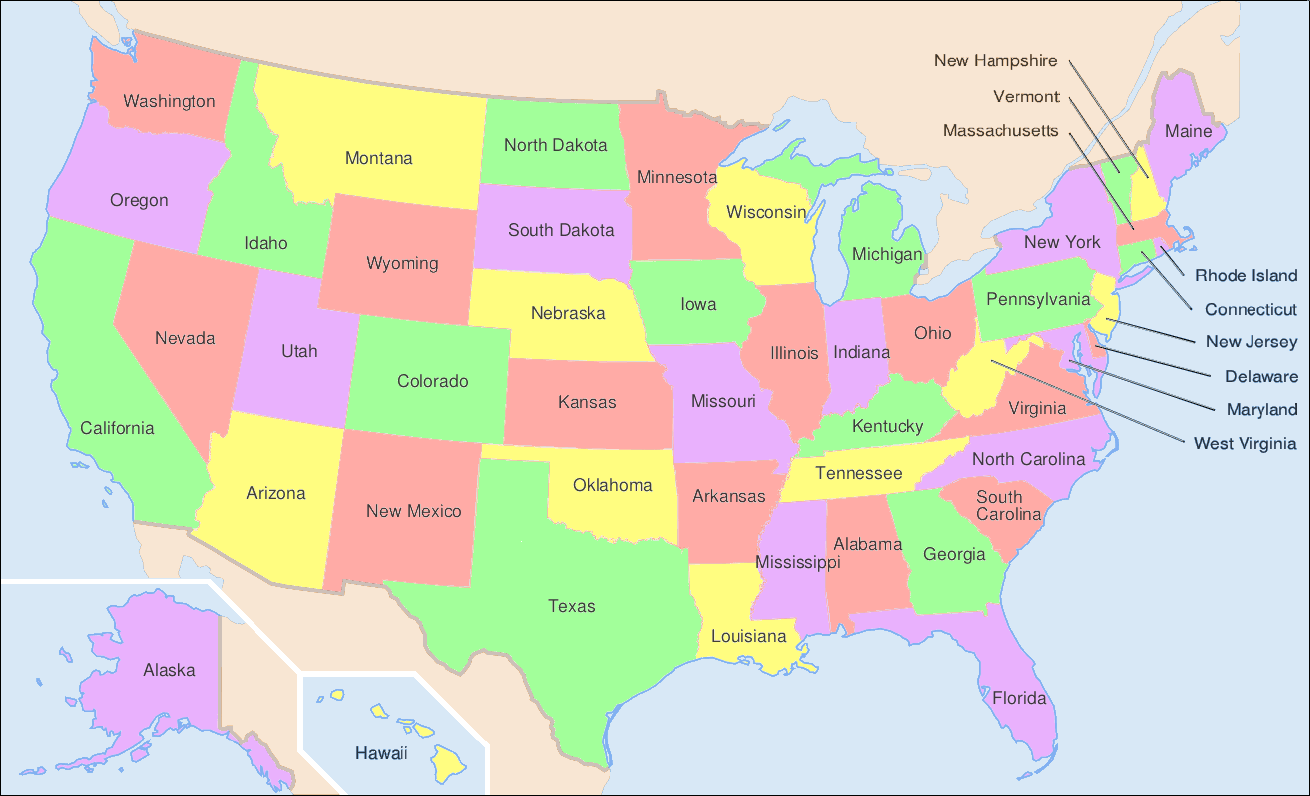Climate change, water pollution, destructive fishing and damage to coastal habitats are all contributing factors.
Background: What Are Coral Reefs?
Teeming with life, coral reefs are the most diverse of all marine ecosystems. The corals themselves are similar to sea anenomes, made up of the same structure: the polyp, although unlike sea anenomes, the corals also have a mineral skeleton. The polyp’s tentacles have stinging sections and a “mouth” at one end, allowing the coral to capture small organisms that swim too close, eating and digesting them.
Corals themselves can be small, but because they are colonial in nature, they grow to create bigger structures: the more well known coral “reefs.” It takes a very long time, however, for coral reefs to grow. Most corals grow less than an inch per year! But coral colonies can also live a very long time, and some of the deep-sea colonies have been in existence for more than 4,000 years. We know this because corals – like trees – have annual rings that help ascertain their age.
Sources In this Story:
- Smithsonian: Corals and Coral Reefs
- Great Barrier Reef: About The Reef
- Independent: Reef: Half of natural wonder is “dead or dying” and it is on the brink of extinction, scientists say
- The Guardian: Great Barrier Reef
- Time: A Most Beautiful Death
- NOAA: Protecting Coral Reefs
The Great Barrier Reef
Australia’s Great Barrier Reef is the most well-known coral reef in the world, and a major tourist attraction for visitors who come to witness its natural beauty and staggering array of wildlife.
One of the seven wonders of the natural world, the Great Barrier Reef marine park stretches over 1,800 miles off Australia’s Queensland coast. The Reef is home to over 400 different kinds of coral, over 1,500 species of tropical fish, more than 200 types of birds, roughly 20 types of reptiles such as sea turtles and giant clams that are over 120 years old.
While the Great Barrier Reef is a popular destination for travelers from around the world, it is also a source of worry for environmentalists, as various factors threaten its existence and the many life species it sustains. A report in 2016 stated that half of the Reef is “dead or dying” due to global warming and resulting warmer water temperatures. The warmer water leads to the “bleaching,” when the coral expels the algae inside of it, turning it white.
Because of the intense interest in the Great Barrier Reef and its future, the newspaper The Guardian maintains a section dedicated to this subject.
The Future of Coral Reefs
Bleaching affects corals all around the world, and scientists believe there is no end in sight. Warm weather from global warming as well as periodic phenomena like El Nino are to blame for the bleaching, scientists believe, but other factors such as over-fishing and pollution take a major toll on coral reefs, as well.
A Time magazine story notes that the fragile nature of coral reefs leaves them “hypersensitive” to climate change, and while humans can work towards thwarting the issue, some warming remains inevitable.
There are significant conservation efforts underway to protect the Great Barrier Reef and coral reefs around the globe. Many government as well as private organizations have undertaken efforts to both study the problem and create strategies towards solving it. The National Oceanic and Atmospheric Administration (NOAA), for instance, lists the ways it is monitoring and protecting coral reefs on its site.
This story was originally written by Cara McDonough; it was updated on June 5, 2017.
















